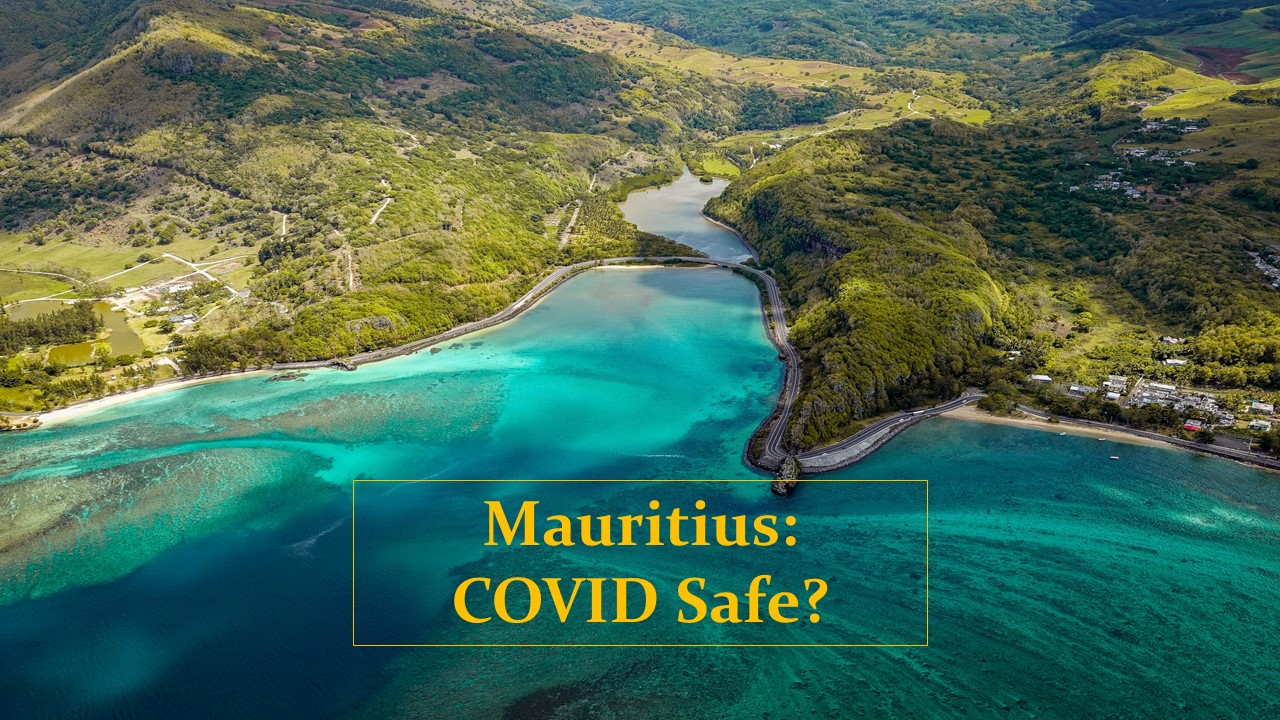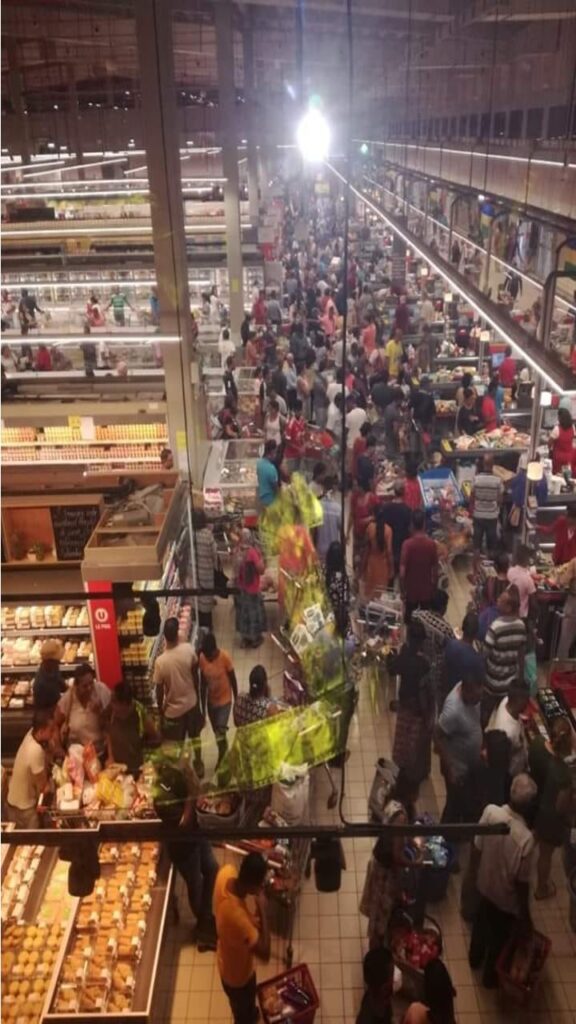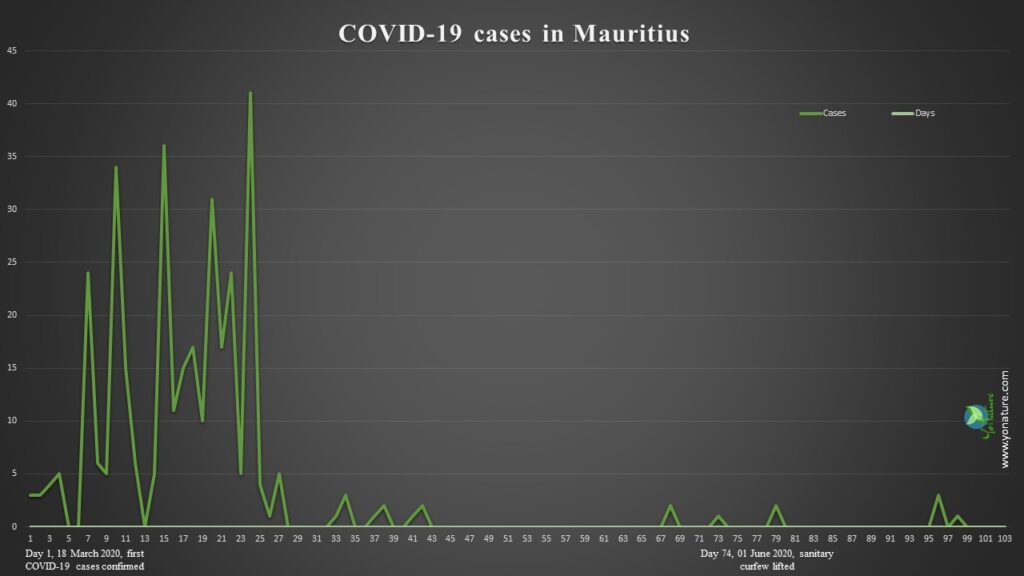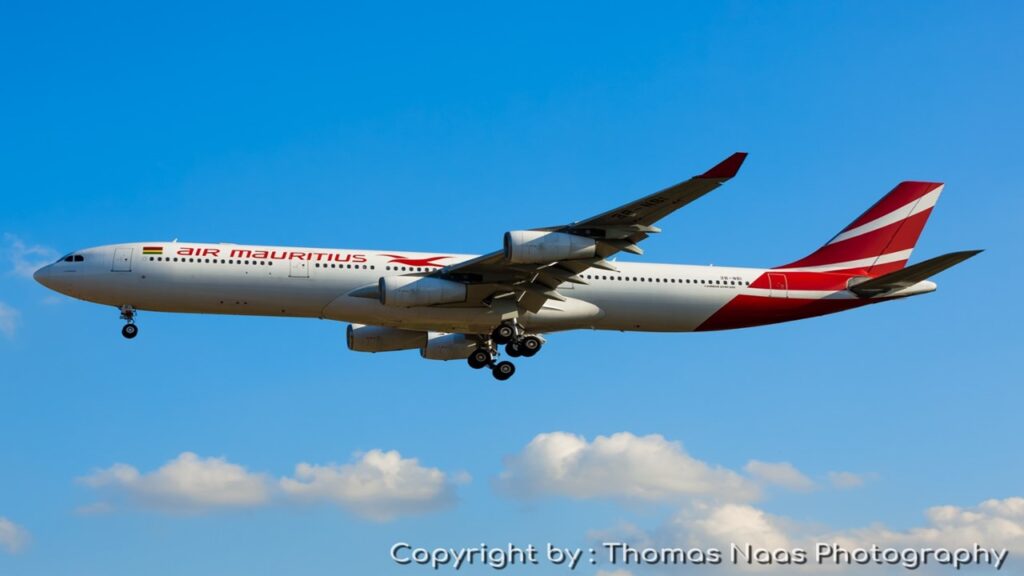COVID-19 in Mauritius – A success Story?

COVID-19 induced various responses from governments all around the world. Different countries must address the pandemic with respect to their local socio-economic and cultural situations. Common activities such as going to work and school changed within a few weeks. The world economy took a serious hit. 2020 may set the scene for the worst economic fallout since the 1929 Great depression. Psychologically, the rates of stress, fear and/or anxiety rose dangerously. New measures like lockdown and quarantine may amplify depression and loneliness levels in individuals.
While the coronavirus pandemic severely affected many countries like Italy and France, some nations responded successfully. Iceland, Taiwan and New Zealand, to name a few, limited the direct and indirect impacts of the pandemic. They not only prevented the spread of the disease in their communities but the harsh economic consequences as well.
Successful management of COVID-19 on Mauritius
Similarly, the Republic of Mauritius scored a high value on the Oxford COVID-19 Government Response Tracker (OxCGRT) [1]. This measure evaluates a government’s performance in response to the COVID-19 pandemic against several standardized indicators. Mauritius has been globally acclaimed for successfully limiting the spread of the coronavirus. Yet, this was not without substantial hassle.
COVID-19 response in Mauritius
January 2020 saw the rapid spread of the coronavirus in Asia after its catastrophic impacts in China. Thus, on 21 January 2020, Mauritius started screening passengers arriving from China at the only airport. They were quarantined for 14 days at New Souillac Hospital. On 30 January 2020, the WHO (World Health Organization) announced the coronavirus as a global public health emergency. Following this, Air Mauritius suspended all direct flights to China on January 31 2020.
Passengers from high-risk countries go into quarantine
As COVID-19 spread in more countries, Air Mauritius also suspended direct flights to and from Hong Kong on February 04 2020. The authorities converted Anse La Raie Youth Centre into quarantine centre on February 06, 2020, to isolate passengers coming from China [2]. From February 28, 2020, onwards, passengers coming from high-risk countries were also put in quarantine.
During this period, the authorities converted 11 recreational centres into isolation units. Hotel establishments also joined in thus reaching a total of 35 health facilities for quarantine purposes. The media persistently raised awareness on limiting the spread of the coronavirus on Mauritius.
Unfortunately, this led to panic-buying in supermarkets. There was a serious drop in basic items like rice, flour and milk within a short time. Fake news regarding the lack of foodstuffs on the island quickly spread. Nonetheless, the concerned authorities reassured the population of their availability as best they could.

Detection of COVID-19 cases and lockdown put in place
On March 18, 2020, the authorities confirmed the first 3 COVID-19 cases on Mauritius. They were all individuals with travel history. The next day (March 19th), four more cases emerged; this caused the government to initiate a series of stringent measures.
Mauritius immediately closed its international borders to foreigners and locals alike. Schools closed down and only essential services like shops and banks operated. On March 20 2020, the government implemented a national lockdown. The same day, one infected person died of COVID-19.
Controversy around the late lockdown of Mauritius
Rumour has it that the Prime Minister of the island waited for his wife and daughters to land on Mauritius before closing the airport. In March 2020, the number of COVID-19 cases escalated around the world with some 400 new cases per day in England alone. The parliamentary opposition of Mauritius adamantly requested the closure of all borders since March 08 2020. The first lady of Mauritius and her daughter left the island on the same day and returned back on March 18 2020.
Impact of sudden border closure on stranded Mauritian diaspora
The sudden closure of borders was a massive blow to some 4000 Mauritian locals stranded in 75 countries. Students, relatives, cruise ship workers faced agonizing difficulties at airports, on cruise vessels and on foreign land. Many complain that the respective embassies did not liaise nor helped them as directed. Others still faced direr situations with no money and food away from their relatives. The situation severely affected local families while the government’s repatriation plan received considerable criticism.
Curfew order enforcement
With the lockdown came stringent regulations. It was compulsory to wear masks outdoors and to socially distance by 1 m. Most companies kicked off work-from-home and only people with work access permits could circulate. In the same manner, both public and private transportation regulations became quite strict.
Police officers breach upon human rights
Police also patrolled the different regions to keep people updated on the situation and inhibit useless movement. Nevertheless, in many cases, people neglected the curfew order thereby putting themselves and others in danger. While the police received extensive powers due to COVID-19 regulations, oftentimes this breached upon human rights.
Containing fake news and freedom of expression
Also, given the ambiguity of the situation, fake news regarding COVID-19 is roaming freely around the globe. The government of Mauritius made the consequences of circulating fake news very clear. In this respect, the police arrested and charged one person under the ICT Act. It was for publishing fake news on looting and rioting at a local supermarket.
Soon after, the authorities arrested another person for breaching the ICTA. In this case, it was due to sharing an anti-government meme. This caused a considerable uproar on social media regarding the freedom of expression on Mauritius.
Institution of a total sanitary curfew
Meanwhile, the authorities used contact tracing to confirm cases. However, there were still too many people in supermarkets. In this respect, the government instituted a total sanitary curfew on March 23 2020. Basic essential services were still operational but people had to stay indoors. The authorities distributed some 35,000 food packs to families in need and those on the social register. The government also set up the COVID-19 solidarity fund with the aim to help people affected by the disease.
In time, people could go to supermarkets twice a week as the curfew order relaxed. The exercise took place in alphabetical order with a maximum of 30 minutes inside of shops. It was mandatory for them to wear masks, distance by 1 m and bring their own bags. Shop staff screened customers for fever, provided sanitizer and checked IDs before allowing customers inside the premises.
Extension of sanitary curfew and containment of COVID-19
The government extended the curfew order on March 30, 2020, as the number of cases reached 128. The situation was slowly getting into control. The last community case transpired on April 26 2020. Thus the curfew extended to April 20, 2020, and May 01, 2020, until May 30 2020.
By April 29 2020, there were 332 COVID-19 cases on Mauritius with 306 patients successfully treated and 10 deaths. To date, all subsequent cases are imported ones.

On April 27 2020, the authorities screened front liners en mass by rapid diagnostic testing. They conducted over 24,000 PCR tests and 60,900 rapid diagnostic tests as of 15 May 2020.
Financial aid and educational measures
During the lockdown period, the government came up with the self-employed scheme and wage assistance scheme. They were to financially assist the self-employed population.
In terms of education, most tertiary institutions switched to online learning. The government also provided educational programs to primary and secondary level students. What’s more, children on the social security register also received tablets for e-learning.
De-confinement on Mauritius
Mauritians exhaled relief as the curfew lifted on June 01 2020. It came about in different phases to prevent overcrowding at one particular place. The authorities restricted gatherings at public places as well as certain activities. Staff resumed work on a roster basis and strict measures were put in place for schools to resume. Basic sanitary measures like social distancing and wearing masks are still compulsory.
Strategy adopted by Mauritius to contain the coronavirus
In general, the success behind the containment of the coronavirus on a touristic island like Mauritius is because it adhered to the WHO recommendations right from the start. Thermal screening was ongoing at the national borders since January 2020. Also, the authorities tested suspected cases by PCR since February 2020. People who were positive for COVID-19 were immediately transferred to quarantine centres.
What’s more, upon the detection of the first positive COVID-19 cases on Mauritius, health professionals rapidly started contact tracing. Special cargo flights promptly delivered additional PCR testing kits and protective equipment during the lockdown period. In this way, the government stockpiled all the materials required to fight COVID-19 on Mauritius.
Also, the COVID-19 committee communicated on a daily basis about the ongoing situation in Mauritius. Spokespersons encouraged the population to stay indoors with their families to prevent the spread of the disease. The Mauritian population at large also respected the curfew order and sanitary measures put in place. Most people stayed indoors and visited supermarkets only on the prescribed days. Nevertheless, since March 23 2020, the authorities issued some 8000 fines for breaching the curfew order.
Legislative amendments in relation to COVID-19
In order to contain the spread of the virus, the government amended Part V, sections 79 to 83 of the Public Health Act too. In line with this, the government adopted and published the Prevention and Mitigation of Infectious Disease (Coronavirus) Regulations 2020. Under these regulations, the authorities isolated people suspected of having contracted the disease.
People who contravene the Quarantine Act are liable to a fine not exceeding Rs 500,000 and up to 5 years’ imprisonment. Eventually, the government passed the Quarantine Bill and the COVID-19 Bill so as to empower the economy, save jobs and build back better.
References
- Hale, Thomas, Noam Angrist, Beatriz Kira, Anna Petherick, Toby Phillips, Samuel Webster., 2020. “Variation in Government Responses to COVID-19” Version 6.0. Blavatnik School of Government Working Paper. Available at www.bsg.ox.ac.uk/covidtracker [Accessed 29/07/2020]
- Sun, M.C. and Wah, C.B.L.C., 2020. Lessons to be learnt from the COVID-19 public health response in Mauritius. Public Health in Practice, 1, p.100023.


Pingback: Effects of wildfires: Positive, Negative, Examples - Yo Nature
Pingback: Mesothelioma: Link between Asbestos and Non-Asbestos Materials - Yo Nature
Pingback: Bariatric Surgery: Types, Benefits, Complications - Yo Nature